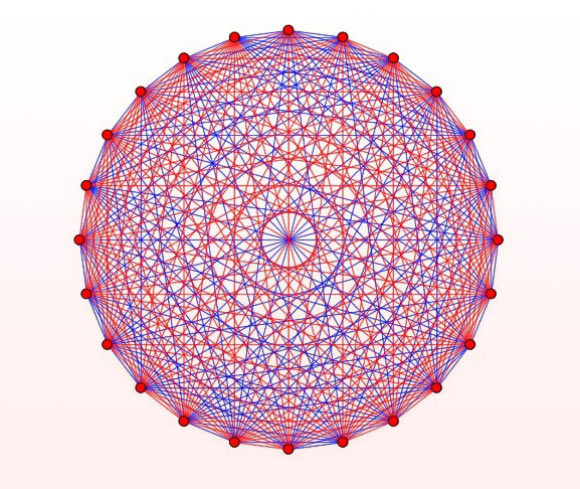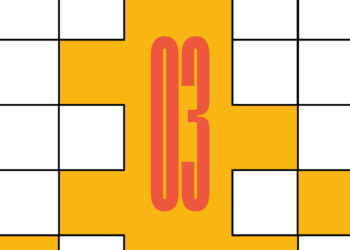A duo of mathematicians at the University of California, San Diego, has found the answer to r(4,t), a long-standing Ramsey problem that has perplexed the math world for decades.
Ramsey theory is an area of mathematics underpinned by the philosophy that in any large enough structure, there exists a relative large uniform substructure.
The area is named after Frank Plumpton Ramsey, but has roots in a variety of branches of mathematics, including logic, set theory, topology, geometry and number theory.
Celebrated results include Schur’s theorem leading to Fermat’s last theorem modulo primes, Rado’s partition regularity, van der Waerden’s theorem on arithmetic progressions and Shelah’s theorem, and Bourgain’s theorem on Euclidean distortion in metric Ramsey theory, to mention a few.
The area has grown into a cornerstone of modern combinatorics research, and the central quantities of study are known as Ramsey numbers.
The classical expository example is the statement that amongst any six people, there will be at least three people who all know each other, or at least three people who all do not know each other.
“In mathematical parlance, a graph is a series of points and the lines in between those points,” said University of California San Diego mathematicians Jacques Verstraete and Sam Mattheus.
“Ramsey theory suggests that if the graph is large enough, you’re guaranteed to find some kind of order within it — either a set of points with no lines between them or a set of points with all possible lines between them (these sets are called cliques).”
“This is written as r(s,t) where s are the points with lines and t are the points without lines.”
“To those of us who don’t deal in graph theory, the most well-known Ramsey problem, r(3,3), is sometimes called the theorem on friends and strangers and is explained by way of a party: in a group of six people, you will find at least three people who all know each other or three people who…
Read the full article here







